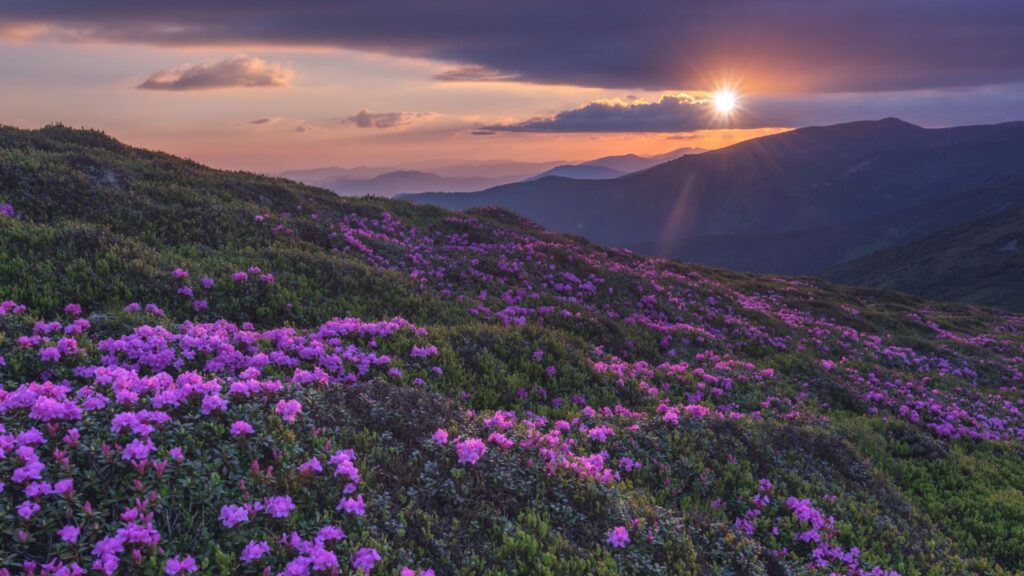
Imagine a land where every bend in the road reveals a new shade of green, where clouds cling to mountaintops and valleys burst into color with flowers found nowhere else on earth; this is Northeast India, a living garden at the crossroads of the Himalayas, Indo-Burma, and Indo-Malayan regions, where ecosystems overlap to create one of the richest floral diversities in the world.
The floral wealth of Northeast India is as diverse as its people, with each state carrying a botanical signature that blends ecology with culture. Arunachal Pradesh and Sikkim unfurl alpine meadows of wildflowers each spring, their slopes draped with hundreds of orchids that have earned Arunachal the title of India’s “Orchid State.” Assam’s tropical forests shelter countless blooms, yet it is the foxtail orchid, or kopou phool, that steals the spotlight during Rongali Bihu as a symbol of romance and renewal. In Nagaland, hills once bright with the kheriwa flower—after which Kohima is named—remain defined by bamboo, the backbone of homes, crafts, and daily life. Manipur protects the legendary Siroi lily, blooming only on Shirui Kashong hills and celebrated through its own festival, while Mizoram’s bamboo groves, famed for their rare synchronous flowering, have shaped both history and folklore. Tripura adds fragrance with the ritual and medicinal nagkesar, Meghalaya guards the mysterious Nepenthes khasiana, India’s only native pitcher plant, and Sikkim dazzles with valleys aflame in crimson and pink rhododendrons each spring.
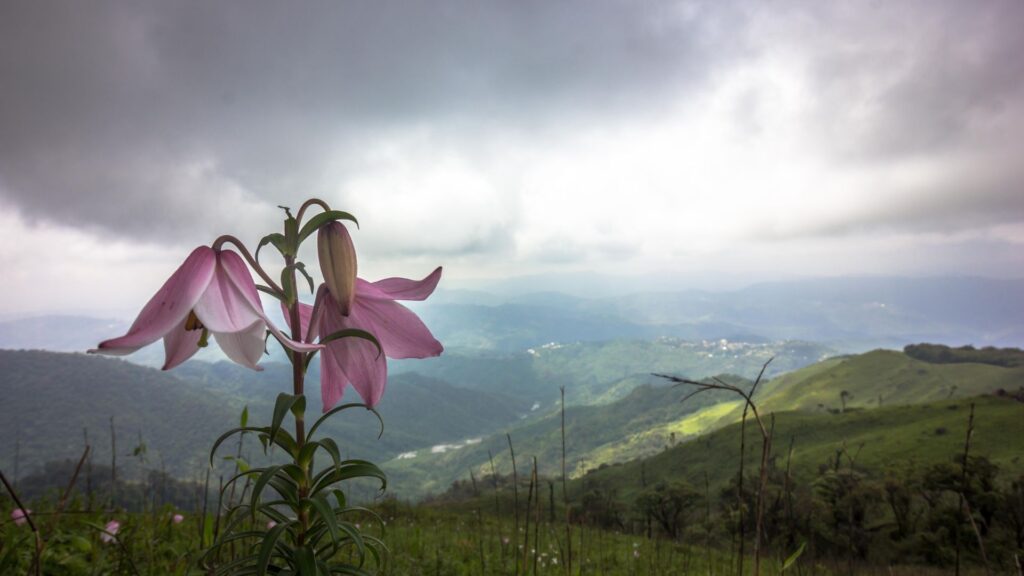
Horticulture in Nagaland is not just about cultivation—it is a way of life, shaped by centuries of ethnobotanical wisdom and community traditions. For generations, Naga tribes have carved terraced fields into steep hillsides, growing chillies, ginger, turmeric, yams, and citrus fruits in harmony with the land. The iconic bhut jolokia (or king chilli), once crowned the hottest chilli in the world, is more than a spice—it is a cultural emblem, woven into folklore, healing remedies, and even festive endurance contests.
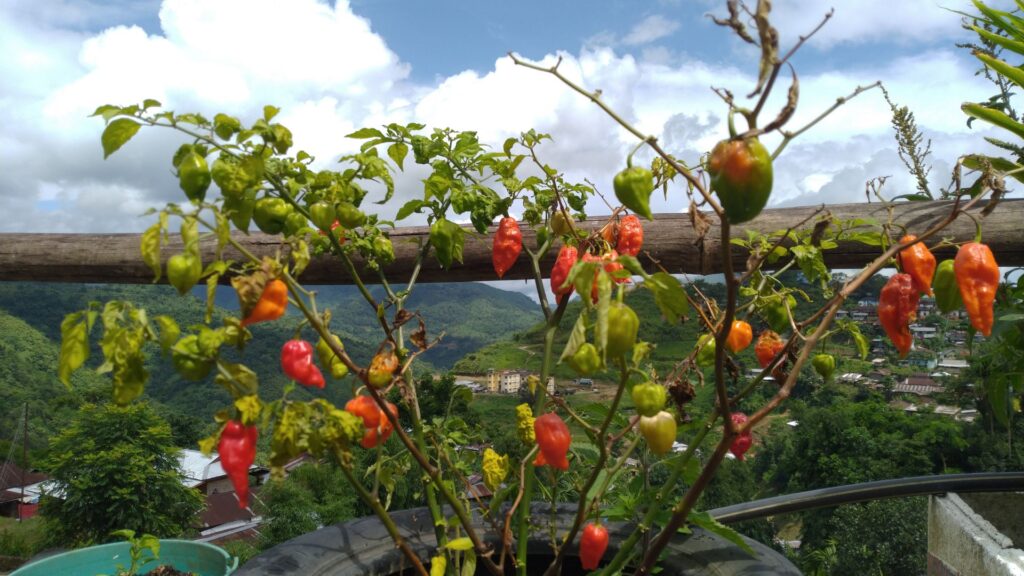
Step into a Naga village and you’ll find kitchen gardens brimming with cardamom and oranges right next to bamboo houses, proof of how ecology, architecture, and everyday life are deeply entwined. Even the state capital carries a botanical legacy: Kohima takes its name from the kewhira flower, a once-abundant bloom on the surrounding hillsides, showing how deeply plants have rooted themselves into place and identity. (Read more about how Kohima got its name here). Anthropologists often call this a “living heritage,” where plants are inseparable from cuisine, ritual, and memory.
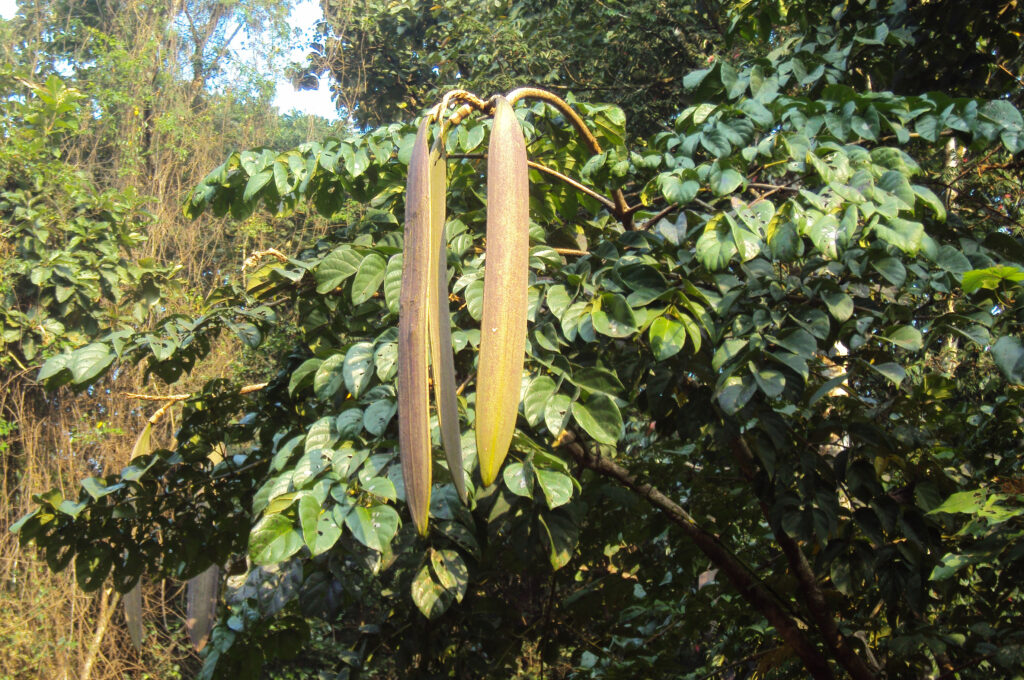
Today, Nagaland’s horticulture is stepping onto a larger stage while keeping its roots intact. In 2024, the state was recognized as India’s Best State in Horticulture, honored for its GI-tagged treasures like Naga Mircha, Naga Tree Tomato, and Naga Sweet Cucumber. Under Minister Salhoutuonuo Kruse, the first woman to head the department, programs such as the Horticulture Model Village are transforming places like Khonoma into thriving orchards of oranges and apples. At the same time, a new banana fibre extraction centre in Chumoukedima is turning farm waste into sustainable products.
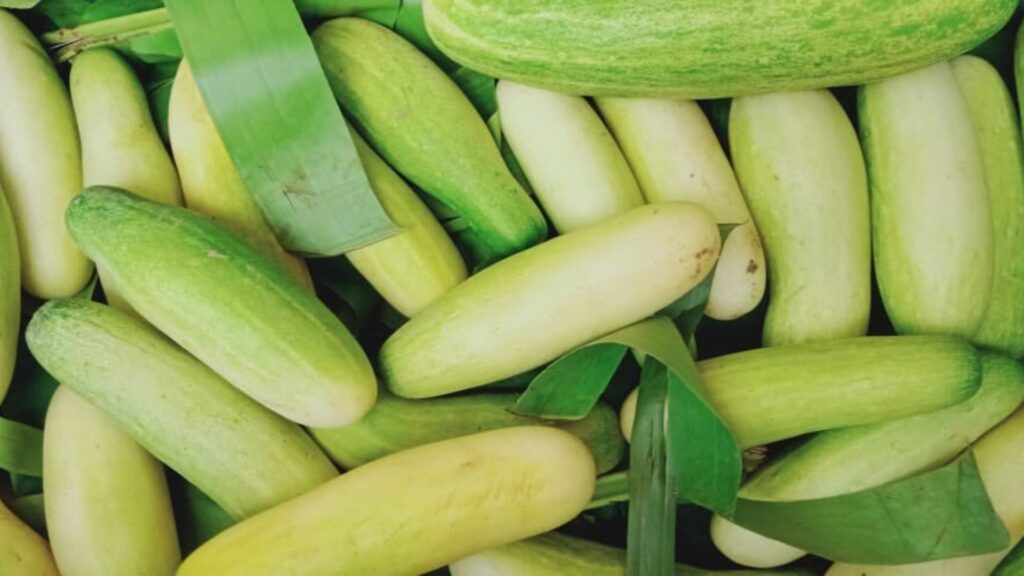
Chalo Hoppo’s pro travel tips:
Every April, when Assam bursts into the joy of Rongali Bihu, the landscape itself seems to join the celebration—and nothing embodies this more than the kopou phool, the foxtail orchid (Rhynchostylis retusa). Cascading in pink and white clusters, the kopou blooms right on cue with the festival, almost as if nature were keeping the Assamese calendar. For centuries, women have tucked these blossoms into their hair during the Bihu dance, the gentle sway of the petals echoing the rhythms of the dhol and pepa. The flower is not just pretty—it is a symbol of romance, fertility, and fresh beginnings, worn with a quiet pride that links the season of sowing with the season of love.
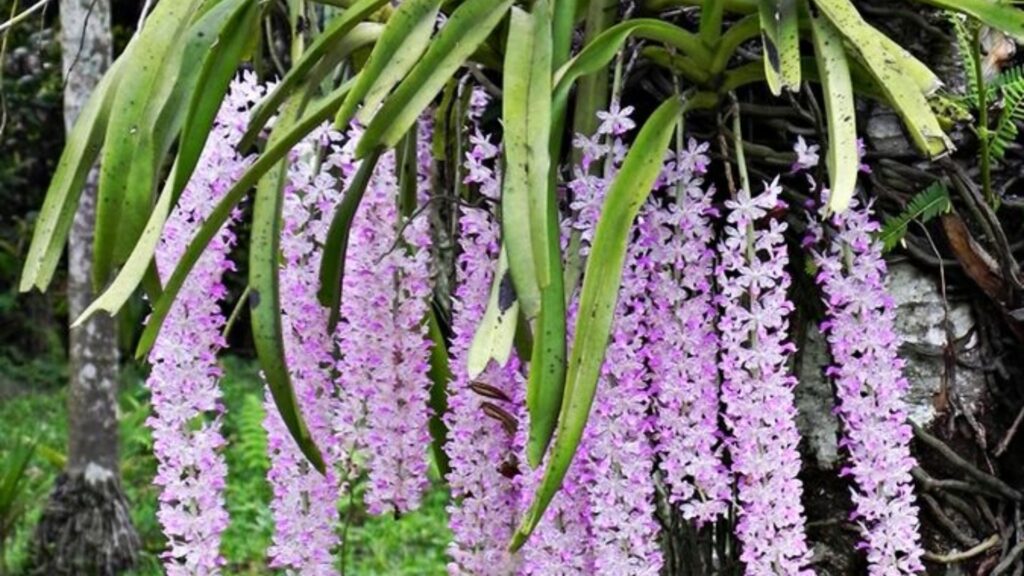
Yet the kopou is more than a cultural ornament; it is a living participant in Assam’s seasonal and social rhythms. Local lore ties the orchid to prosperity, while modern observations suggest its bloom times are subtly shifting with climate change—an early-warning signal written in petals. At the same time, orchid cultivation and trade are gaining traction, with floriculture labs and markets helping sustain both cultural traditions and local economies. This dual identity—as a sacred emblem and a traded commodity—makes the kopou unique, standing at the intersection of folklore, agriculture, and livelihood.
Chalo Hoppo’s pro travel tips:
Arunachal Pradesh, often called the “Orchid State of India,” is home to more than 700 species of orchids, making it one of Asia’s richest natural showcases of floral diversity. From the rare and delicate lady’s slipper (Paphiopedilum fairrieanum) to flamboyant Dendrobium and Cymbidium varieties that hang like living chandeliers from trees, these blooms transform forests, valleys, and even mist-laden mountain slopes into what botanists describe as a “living orchidarium.” Yet orchids here are not just admired in the wild—they are part of the social fabric. Tribal communities use them to decorate ceremonial attire, weave them into rituals of fertility and prosperity, and even exchange them as gifts, much like how city folk might share bouquets. Anthropologists note that in some villages, gifting a spray of orchids can seal a friendship or honor a guest, turning a simple flower into a gesture of kinship.
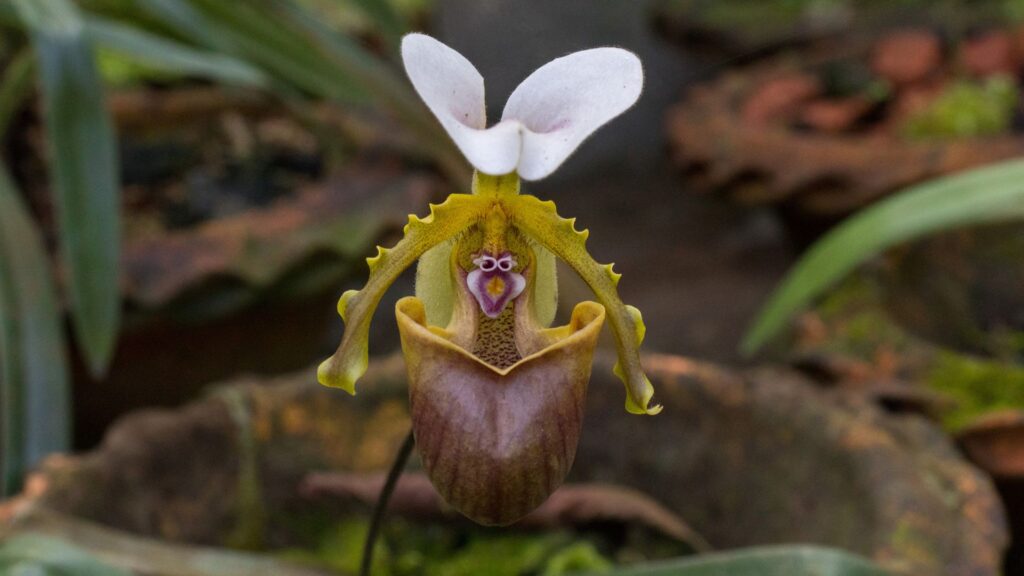
Chalo Hoppo’s pro travel tips:
To travel through Assam is to step into a living garden where flowers are not merely admired for their beauty but woven into ritual, medicine, and everyday life, offering anthropologists a glimpse into the deep bond between ecology and culture, and travelers an immersive sensory journey. The iconic kopou phool (foxtail orchid, Rhynchostylis retusa)—worn in the hair during Bihu dances—is both a festive ornament and a vulnerable species once abundant in village groves, while the fragrant crimson blossoms of the nahor tree inspire folk songs and provide medicinal bark and petals. Courtyards bloom with togor (crepe jasmine), temple ponds float with lilies and lotuses, and marigolds brighten markets not only as decoration but also as remedies for fever.
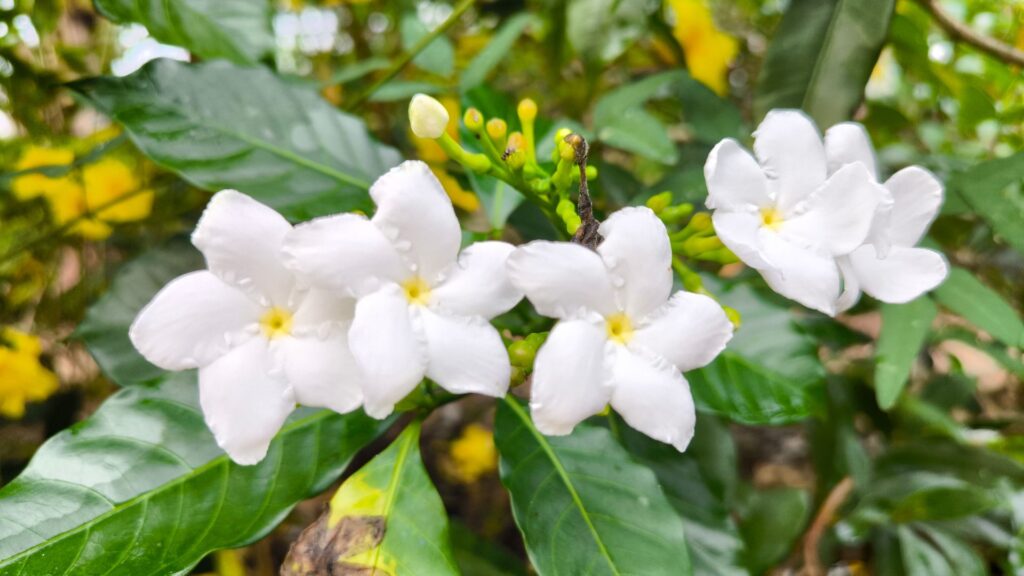
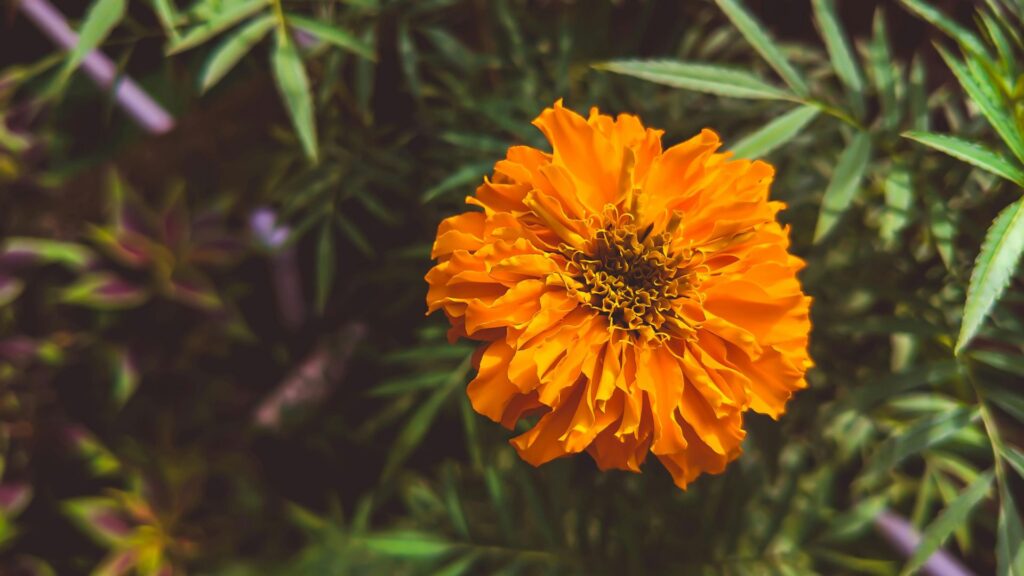
Ethnobotanical research shows how these blooms serve as a “living pharmacy”: wild jasmine brewed for calm, dhup flowers burned as incense to ease breathing, orchids prepared as natural tonics. Yet this abundance is under threat, as scholars note urban growth, deforestation, and shifting rainfall patterns steadily erode the habitats that sustain these blossoms. For travelers, to watch a Bihu dancer crowned with orchids, to breathe in nahor flowers at dusk, or to wander wetland edges scattered with lilies is to encounter Assam’s floral diversity as both celebration and cautionary tale—an invitation to savor the healing gardens of the Brahmaputra while recognizing their fragility and the urgent need to protect them.
Chalo Hoppo’s pro travel tips:
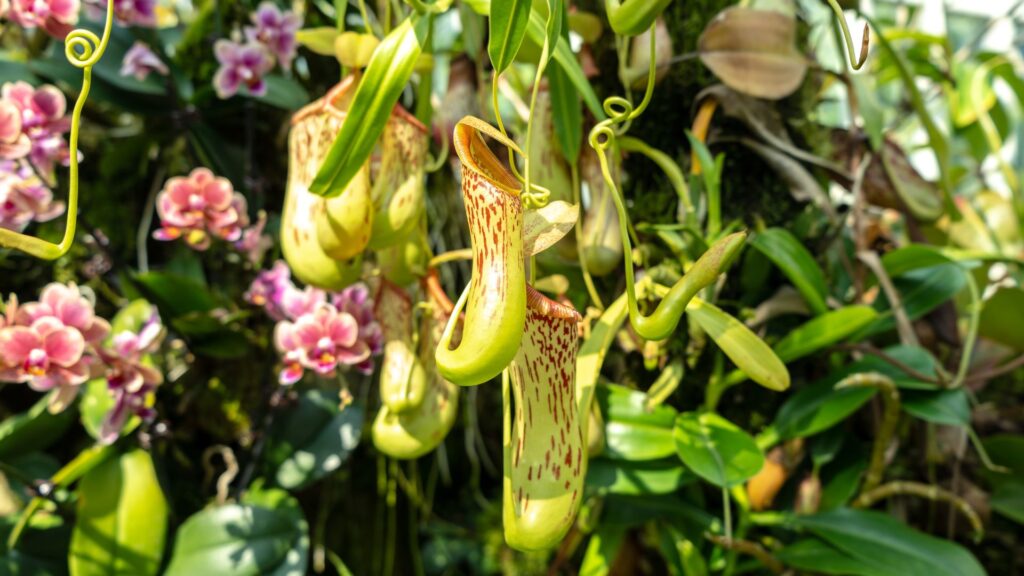
High in the misty Khasi Hills of Meghalaya grows a botanical oddity that feels straight out of a fairytale—the Nepenthes khasiana, India’s only native pitcher plant. With its striking green-red cups that trap insects, it has long been woven into Khasi folklore as both a guardian of the forest and a symbol of mystery. Today, scientists prize it for its medicinal potential, with studies revealing bioactive compounds that may aid in treating infections and even cancers, while conservationists have created sanctuaries like Baghmara to protect its fragile habitats. For travelers, spotting this rare carnivorous plant on a guided walk is a thrill unlike any other—part natural wonder, part cultural story, and a reminder that in Meghalaya, even flowers can bite back.
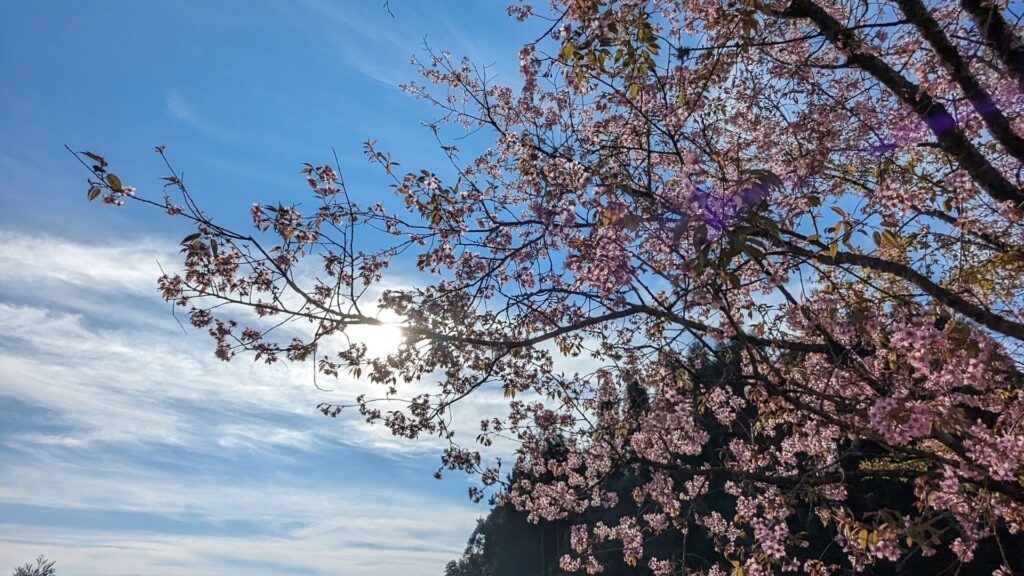
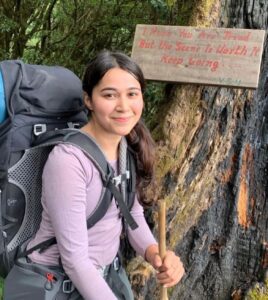
Equal parts policy wonk and wanderlust junkie, Kavya brings together her training in environmental economics and political science with an enduring curiosity about how the world works — and how it could work better. By day, she’s a public health researcher and advocate, working at the intersection of people, systems, and the planet.
Off the clock? She’s a storyteller, active rester, and cat mama.